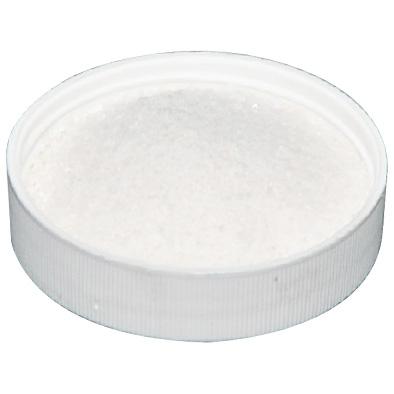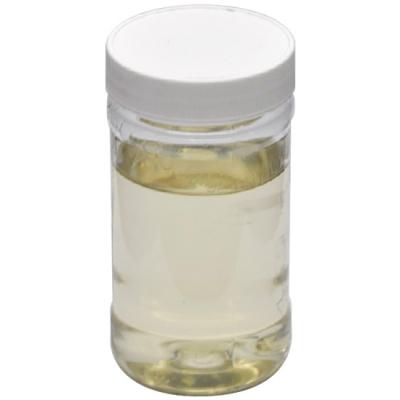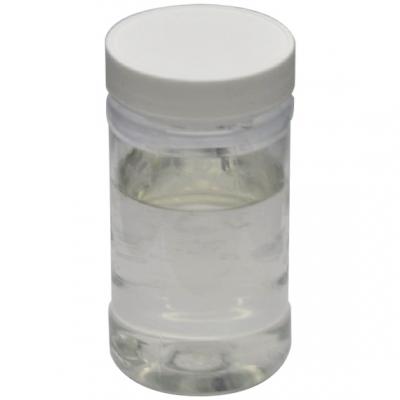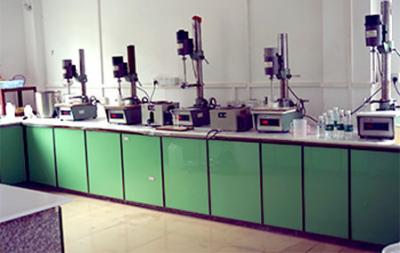The full trade name of acrylic is polyacrylonitrile fiber. In foreign countries, it is also called "Orlon" or "Cashmilon". Then what is acrylic? After wet spinning and dry spinning, the copolymer of more than 85% acrylonitrile and the second and the third monomers can be made into a kind of synthetic fiber, which is just what we call acrylic. It has played a big role in the clothing and decoration industries. The main raw material of acrylic is acrylonitrile, which is extracted from petroleum. After a series of chemical processing methods like acrylonitrile monomer polymerizing and spinning, a kind of synthetic fiber is produced. Because acrylic is similar to wool in its properties, it is known as "artificial wool" at the beginning.
What are auxiliaries for acrylic?
Anti-precipitation agent
Retarding agent for acrylic
Migration agent for acrylic
Leveling agent for acrylic
Cationic dyestuff leveling agent
Cationic dyestuff soaping agent
Dyeing method of acrylic fabricThe cationic dye is the specialized dye for acrylic fibers. The dyeing method is as follows: In a weak acid (pH ≈ 4.5) bathtub, with acetic acid and sodium acetate as the buffer and under the help of electrolyte and proper auxiliaries, we dye in a near boiling condition. The dyeing mechanism can be divided into three steps:
(1) Dye cations in the dye bath are adsorbed on the fiber surface.
(2) Dye cations diffuse from the fiber surface to the interior.
(3) Dye cations combine with the anion groups of the fiber as salt bonds.
Under normal dyeing conditions, the final step of salt bond formation is irreversible, which can result in high color fastness and uneven dyeing. The first and the final steps are fast reactions. The second step is a slow diffusion, which determines the whole dyeing speed. Due to the high affinity between dyes and fibers, to get the leveling effect, we need to strictly control the dye bath temperature, pH, electrolyte, retarding agent and so on.



 English
English  日本語
日本語  Español
Español  tiếng việt
tiếng việt  Türkçe
Türkçe  ไทย
ไทย  українська
українська  हिंदी
हिंदी  বাঙালি
বাঙালি  اردو
اردو 

![[Dye Show] Dye Production Needs to Activate Innovation Genes in Industry Cells](/uploads/image/20170527/10/dye-show-dye-production-needs-to-activate-innovation-genes-in-industry-cells_1495853538_400x400.jpg)


